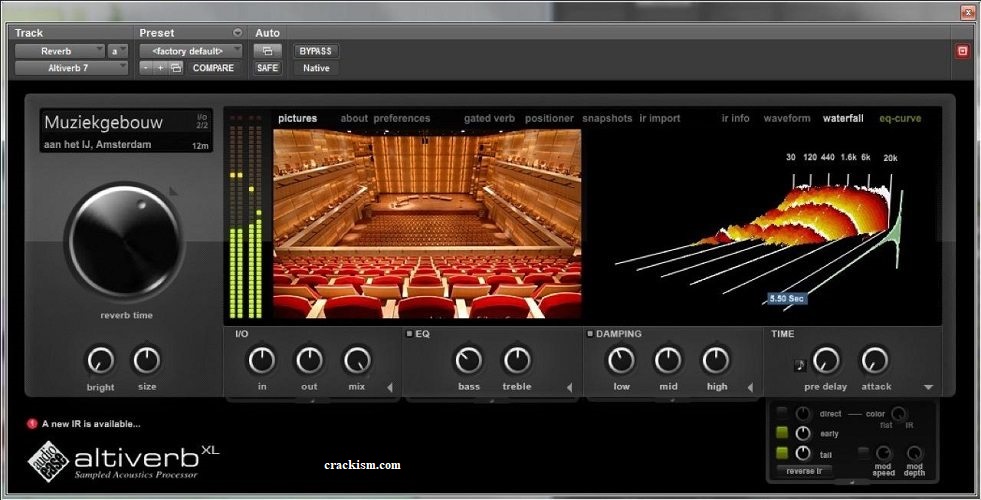

I picked a few tracks at random and the results are detailed below. Reading about LUFS, and how Spotify use it made me think - so I looked at the loudness meters in Cubase with the mastered material and I'm struggling with the results. The middle ground tracks usually fall at around -7 to -8dB. The standard we've always used means that in Cubase and Sound Forge we would consider -5.1dB on the meter to be loud, with a gentle track running in at -10.9dB. Loud, modest and gentle would sum this up, but we cannot stray too much in loudness becaue turning up and down the volume is often tricky to do. Loudness wise, we have tracks that would fall into a few 'volume' boxes. We even take our pre-masters into these spaces and check them there to make sure. The tracks are always played in rectangular spaces with all hard floors and walls - mirrors and glass, so they're lively spaces, which means any effects, even reverb can make it into a mess unless very gentle. No electric guitars, no distortion or big drum kits - think old fashioned, not contemporary.

Some are arranged tracks - and much is quite traditional orchestral style, with a few heading towards big bands or effects. Historically piano, with a real pianist, but now more commonly where pianists are short, recorded piano. Music that fits the requirements of an exam - so it has carefully controlled features. Our work has shifted from 100% CD distribution to now 65% downloads - and luckily our music is not really Spotify or iTunes delivery friendly, as it's for a specific context and has text that goes with it explaining features. Something I've never really considered in all my years recording is wrapped around these new 'requirements' for the streaming platforms - LUFS.


 0 kommentar(er)
0 kommentar(er)
